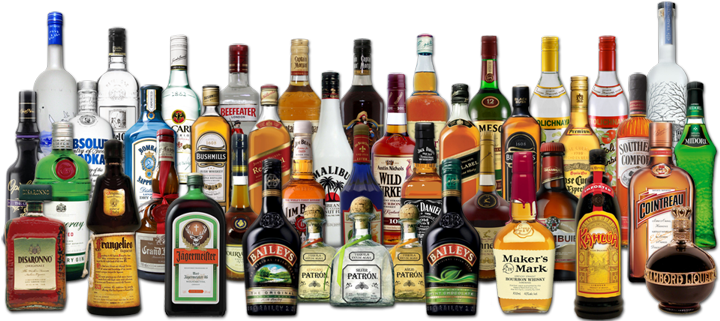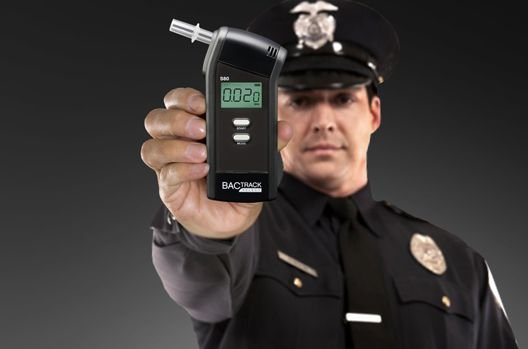An alcohol, in chemistry, are the ones that in the organic compound, have an hydroxyl functional group (-OH) which are bounded to a satured carbon atom.
Alcohols can be named primary. secondary and tertiary.They can be primary alcohols if the carbon which carries the -OH group is only attached to one alkyl group. Secondary alcohols whn the carbon with the -OH group attached is joined directly to two alkyl groups. Tertiary alcohols if the carbon atom holding the -OH group is attached directly to three alkyl groups.

Glucose + yeast  alcohol + carbon dioxide
alcohol + carbon dioxide
Here is a short and clear video about how alcohol is made.
Distilled beverage are produced by the distillation of grains, fruits or vegetables that have already gone through alcoholic fermentation. They are consider "harder" than the fermentation beverages because they have a higher propotion of alcohol content by volume. Some examples of it are vodka, rum, tequila, whisky and scotch.

Alcohol by volume (abbreviated as ABV, abv, or alc/vol) is a measure of how much alcohol is contained in a given volume of an alcoholic beverage. It is defined as the number of millilitres (mL) of pure ethanol presented in 100 mL of solution at 20 °C .

The consequences that alcohol produce to our body depends on what percentage of alcohol we have on our blood.
- 0.03%-0.12%: typically causes an overall improvement in mood and possible euphoria, increased self-confidence and sociability, decreased anxiety, a flushed, red appearance in the face and impaired judgment and fine muscle coordination.
- 0.09% to 0.25%: causes lethargy, sedation, balance problems and blurred vision.
- 0.18% to 0.30% causes confusion, impaired speech, dizziness and vomiting.
- 0.25% to 0.40% causes stupor, unconsciousness, vomiting and respiratory depression (potentially life-threatening).
- 0.35% to 0.80% causes unconsciousness, life-threatening respiratory depression and possibly fatal alcohol poisoning.


No hay comentarios:
Publicar un comentario